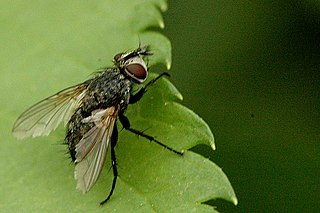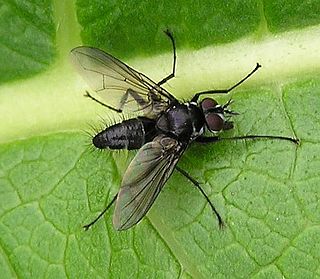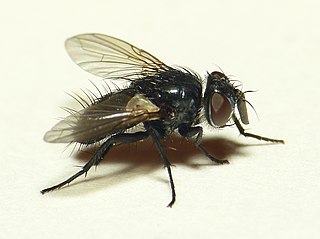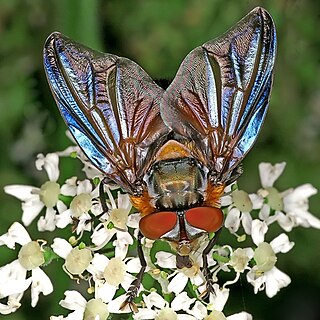
Blondelia is a genus of flies in the family Tachinidae.
Buquetia is a genus of flies in the family Tachinidae.

Carcelia is a genus of flies in the family Tachinidae.
Ceracia is a genus of bristle flies in the family Tachinidae.

Dinera is a genus of flies in the family Tachinidae. Most larvae are parasitoids of Coleoptera (Scarabaeidae).
Estheria is a genus of flies in the family Tachinidae.

Exorista is a genus of flies in the family Tachinidae.

Phryxe is a genus of flies in the family Tachinidae.

Siphona is a genus of flies in the family Tachinidae.
Stomina is a genus of flies in the family Tachinidae.

Medina is a genus of flies in the family Tachinidae.

Lydella is a genus of flies in the family Tachinidae. Lydella thompsoni can be used in the UK for the biological control of the European corn borer.

Dufouriini is a tribe of flies in the family Tachinidae.

Exoristinae is a subfamily of flies in the family Tachinidae. Most species are parasitoids of caterpillars.

Blondeliini is a tribe of parasitic flies in the family Tachinidae. Larvae are parasitoids of other insects, mostly beetles and caterpillars. Although nearly cosmopolitan, its greatest diversity is in the New World and especially in South America.

Eryciini is a tribe of flies in the family Tachinidae.

Exoristini is a tribe of flies in the family Tachinidae.

Winthemiini is a tribe of flies in the family Tachinidae.

Phasiinae is a subfamily of flies in the family Tachinidae. Except for the small tribe Strongygastrini members of this subfamily attack only Heteroptera.

Tachininae is a subfamily of flies in the family Tachinidae.













